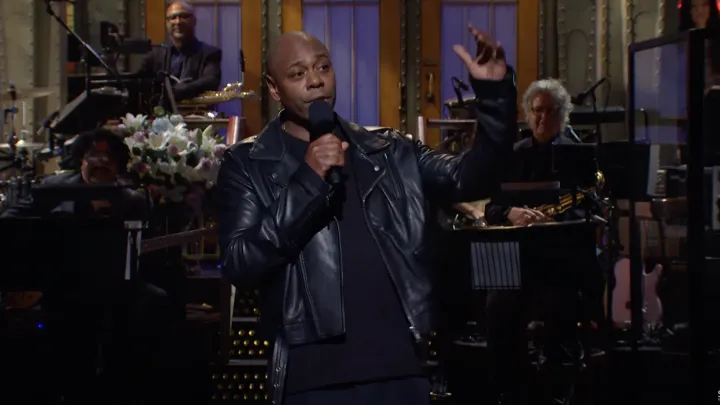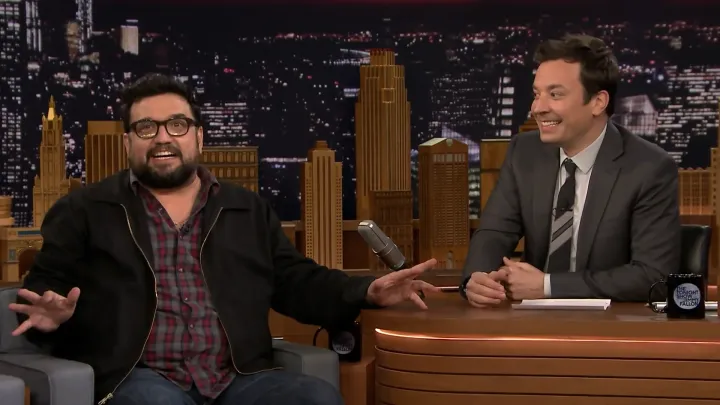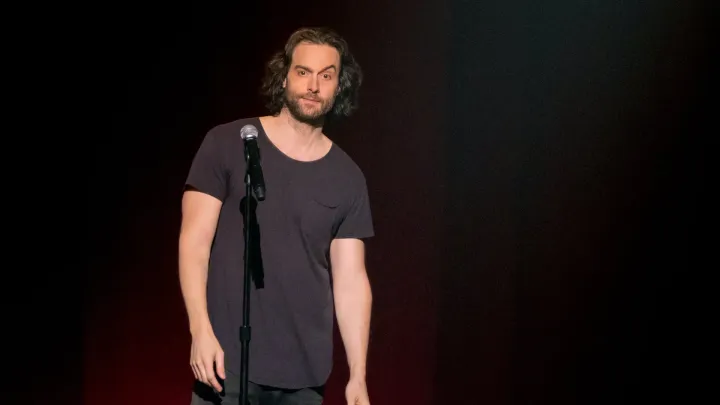Just A Quick Reminder That SNL Is Paying Its Audience To Be There
Normal pandemic stuff.

If you can, please help keep this newsletter going by subscribing for $6/month.
Tonight in New York City, one hundred or so people will file into Rockefeller Center in groups of up to nine. There they will receive staggered Covid-19 rapid tests and slowly make their way into Studio 8H, each group seated in its own section, separated from other sections by at least six feet. When the show begins, they’ll laugh and cheer and applaud through their masks. Given this episode’s host and musical guest, Nick Jonas, they’ll likely even let out a few screams. When the show ends, they’ll slowly file out of the studio. As they leave, each person will receive a check for $150.
Saturday Night Live’s peculiar adaptation to New York’s reopening guidelines has mostly faded into the background since it was first announced. As so often happens when SNL makes headlines, they quickly revert to the same old conversations: who’s hosting, who’s doing which impression, what a funny digital short that was, how pitch-perfect was that musical sketch, blah blah blah. The simple fact of the show’s production, in studio, with a live audience, during a pandemic, has become an unremarkable part of life instead of what it should be: some bonkers dystopian bullshit happening every Saturday night for the whole world to see.
This is very lucky for SNL, because the whole scheme withers under a little sunlight.
As various outlets reported in October, SNL is paying audience members in an effort to comply with the state’s guidance for media production. That guidance reads as follows: “Responsible Parties must prohibit live audiences unless they consist only of paid employees, cast, and crew. Employees, cast and crew may make up a live audience of no more than 100 individuals, or 25% the audience capacity, whichever is lower. Live audiences must maintain social distance of at least six feet in all directions.” The logic here is that by paying audiences, SNL converts them into employees, and indeed an audience member I spoke to after the premiere said her (unexpected) paycheck included a vendor number. This suggests SNL is taking an expansive view of the word employee, whose definition isn’t quite spelled out in the state’s guidance: under employment law (as opposed to agency regulation), a vendor is more likely to be considered a contractor than an employee. That said, Chicago-based labor attorney Will Bloom told me that while SNL may be playing fast and loose with the spirit of the rules, if push came to shove, NBC could likely persuade a court that live audiences are integral to its operations and are therefore its employees.
Fortunately we needn’t turn to hypotheticals to find something amiss in this arrangement. We need only revisit the real-life inconsistencies in its rollout. Here’s what the Department of Health had to say to reporters back in October: “SNL has confirmed that they followed the reopening guidance, including selecting audience members through a third-party screening and casting process and compensating them for their time as paid audience members.” But the guidance doesn’t say TV shows must compensate audiences for their time as paid audience members, it says audiences must consist only of employees, cast, and crew. And SNL didn’t use a third-party “screening and casting” process, at least not for the premiere; it used 1iota, a company that connects fans with free tickets to their favorite shows. (NBC’s own casting department has also played a role in screening audience members, per an email posted on the SNL subreddit.) The guidance contains no language whatsoever about third-party screening and casting processes, which the Department of Health appears to have conjured wholesale for its public comments about SNL. (DOH did not respond to an inquiry about these discrepancies.)
Finally, the reopening guidance mandates that “Live audiences must maintain social distance of at least six feet in all directions.” As you can plainly see in any episode of SNL, the show does not maintain distance between individuals but between groups, under the assumption that each group has been distancing outside the studio. Indoor dining, which has been linked to the spread of Covid-19, operates under the same assumption. The DOH has repeatedly dodged questions about this.
Paid audience members vs. employees, casting vs. ticketing, distancing individuals vs. groups: these distinctions are small but important. An effective pandemic response relies on public trust, which in turn relies on clear, consistent messaging from public officials. Muddled messaging invites suspicion: why did the DOH say SNL is complying with rules that don’t exist? If the rules truly allow for paid audiences, why don’t any other late night shows have them? (Could it be because they’re nonessential and unsafe?) What makes SNL so important that it was permitted to continue hosting live audiences even as the state shut down indoor dining earlier this winter? If audiences are required to wear masks, why not the performers sharing a room with them for over an hour? What are audience members supposed to be, anyway, cast or employees? If they’re cast, why is DOH calling them “paid audience members”? If they’re employees, why do they have to go through a casting process?
In the absence of any answer is the unmistakable appearance that SNL is getting special treatment. This appearance has been leveraged by those trying to reopen comedy clubs in New York City, who argue that if SNL gets to do indoor shows, so should they. If this argument succeeds, it will have potentially disastrous results. Its proponents are right to point out the double standard, but they’re arguing in the wrong direction: SNL should get the same treatment as live comedy venues, because SNL is a live comedy show. It poses all the same risks—perhaps even more, given the sheer number of people involved—and warrants all the same restrictions. Pandemic solidarity should mean we all share in the sacrifice, not that we all share in the risk.
If SNL isn’t getting special treatment, the alternative is pretty much… special treatment with extra steps. There’s nothing equitable or safe about a system that allows nonessential indoor gatherings so long as the hosts can pay everyone there. Money doesn’t buy protection from an airborne virus: as experts explained to me after the season premiere, SNL’s health protocols are riddled with holes that endanger everyone involved, and which take it on faith that nobody will engage in reckless conduct outside Rockefeller Center.
We all need laughter and release. What we need more is to survive. If SNL wishes to help us through this crisis while modeling best practices, it should keep its cast and crew home.


